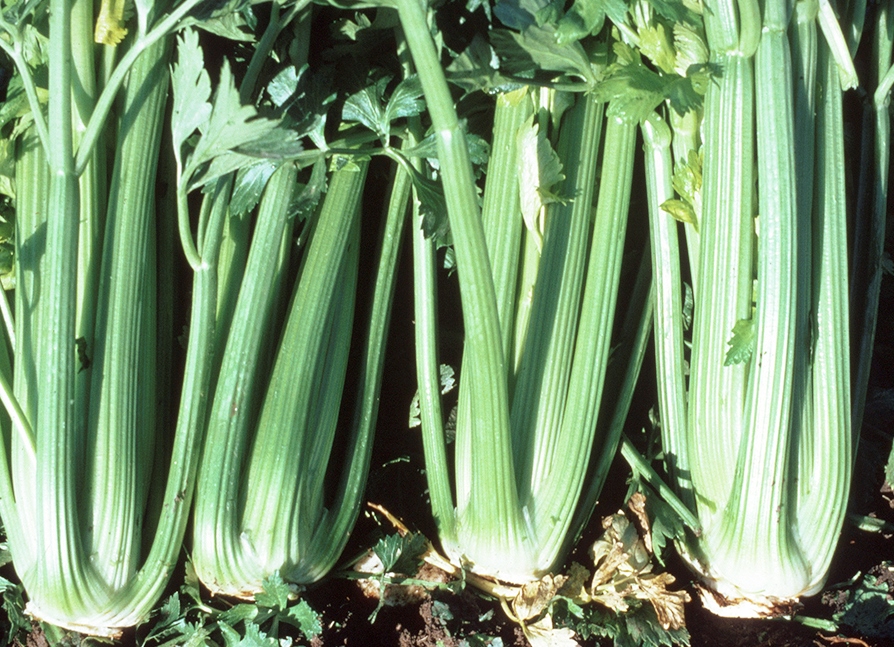
Celery: Why?

Celery harvest in the field (photo: UC ANR)
by Natalie Jacewicz, NPR
Celery, the mild-mannered straight man of the vegetable world, packs a puny six calories per stalk and -- in my opinion -- about as much flavor as a desk lamp. Yet despite its limitations, the fibrous plant has featured in Mediterranean and East Asian civilizations for thousands of years.
The paradox puzzled me enough that I called a bunch of specialists at the intersection of botany and anthropology to pick their brains. They shared their best guesses about how celery sneaked into our diets.
Celery enthusiasts of yore were probably not munching it for taste, according to Carlos Quiros, a plant geneticist emeritus from the Department of Plant Sciences, University of California, Davis. He says that people in Egypt, Rome and China used the wild plant medicinally for a slew of ailments, but "usually for hangovers or as aphrodisiacs." (There's no medical proof that celery helps with either.) The Greeks and Romans favored wild celery's leaves to weave victory crowns for athletes, Quiros says, as did the Egyptians. In fact, archaeologists discovered a celery wreath in Tutankhamun's tomb.
Today the average American consumes six pounds of celery per year, UC Davis' Quiros says.
----- This is a condensed version of the full article by Natalie Jacewicz, NPR, The Salt: What's On Your Plate, June 13, 2016. Read the full article here http://www.npr.org/sections/thesalt/2016/06/13/481617408/celery-why

